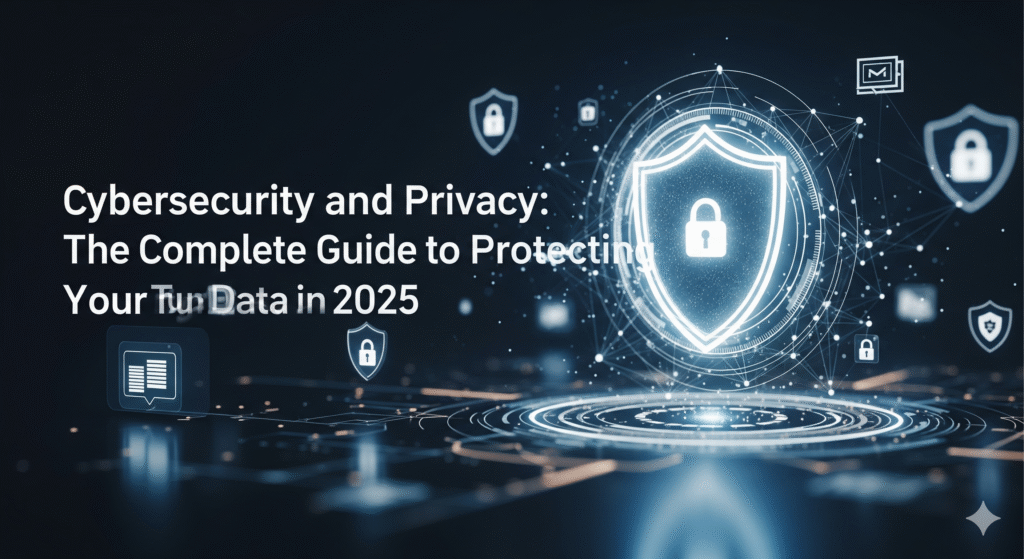The increasing interconnectedness of the digital world has brought a series of challenges. Online privacy, once a secondary concern, has become a crucial asset. With the constant evolution of cyber threats, from sophisticated hacker attacks to simple social engineering scams, protecting personal data is a topic that demands our immediate attention. Navigating the internet without a defense guide is like walking through a minefield. This article was created to be your digital shield, offering an in-depth overview of major threats and, more importantly, the strategies and tools for how to protect yourself online.
The volume of data generated daily is vast and attracts the attention of criminals who seek to exploit vulnerabilities. Our goal is to empower you with practical knowledge and insights from information security experts, so you can build a robust barrier against cyber incursions. We will cover everything from the most common threats to the latest generation of solutions that ensure the integrity of your information.
Malware and Ransomware: The Invisible Pests
Malware continues to be one of the most widespread cyber threats. It manifests in various forms: viruses that corrupt files, Trojans that steal information, and spyware that monitors your activity. However, ransomware stands out as one of the most destructive, encrypting your data and demanding a ransom to release it. Companies and individuals have been victims of this type of attack, resulting in significant financial losses.
The defense against these pests begins with a trusted security software. Solutions like Bitdefender or Kaspersky offer real-time protection, using advanced data analysis to identify and neutralize threats before they can cause damage. Additionally, keeping your operating systems and applications always updated is crucial, as updates often include essential security patches.
Phishing and Social Engineering: The Attack on Your Mind
Often, the greatest vulnerability is not in the technology, but in the human factor. Phishing is a social engineering tactic that seeks to trick users into revealing confidential information, such as passwords and bank details. These hacker attacks come in the form of legitimate-looking emails, SMS, or social media messages. They create a sense of urgency or fear so that you act without thinking.
The best defense against phishing is education and attention to detail. Always verify the sender, the link address, and the grammar of the message. Enterprise security solutions and data security tools for home users often include phishing protection features that block malicious links and websites.
Data Leaks and Privacy: Personal Protection in the Information Age
Online privacy is a constant battle. With the enormous volume of data collected by companies, the risk of a data leak is real. The exposure of personal information, such as names, emails, and passwords, can lead to identity theft and fraud. Protecting your data at the source, where it is collected, is just as important as protecting it at home.
Information security should be a priority for both companies and individuals. Using a reliable VPN, such as NordVPN or ExpressVPN, and activating multi-factor authentication (MFA) on all your accounts are fundamental steps. Many companies offer data protection plans with premium features for monitoring leaks and real-time alerts.
Conclusion: Building Your Digital Shield
The journey to information security is continuous and requires vigilance. Online privacy is not a luxury, but a right that must be actively defended. By knowing the main cyber threats and using the right tools, you can defend yourself effectively. Start today: install an antivirus, activate two-factor authentication, and be skeptical of any data request. The future of your digital security is in your hands.



